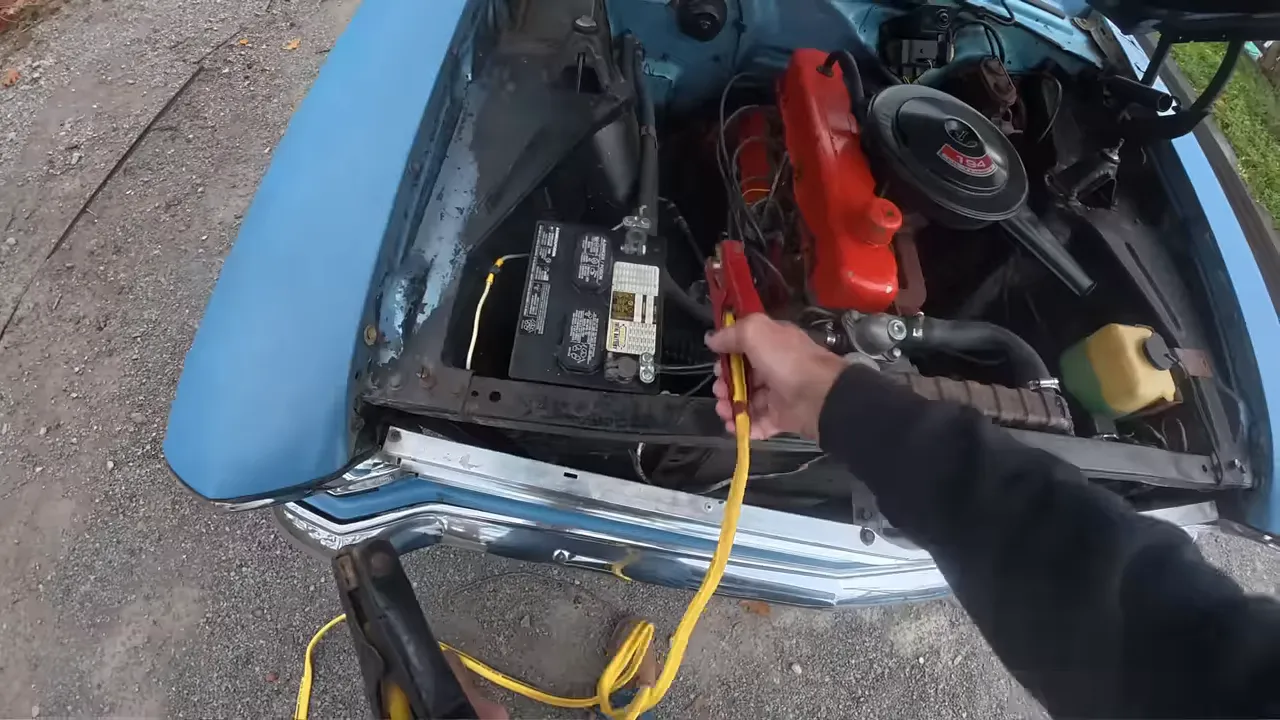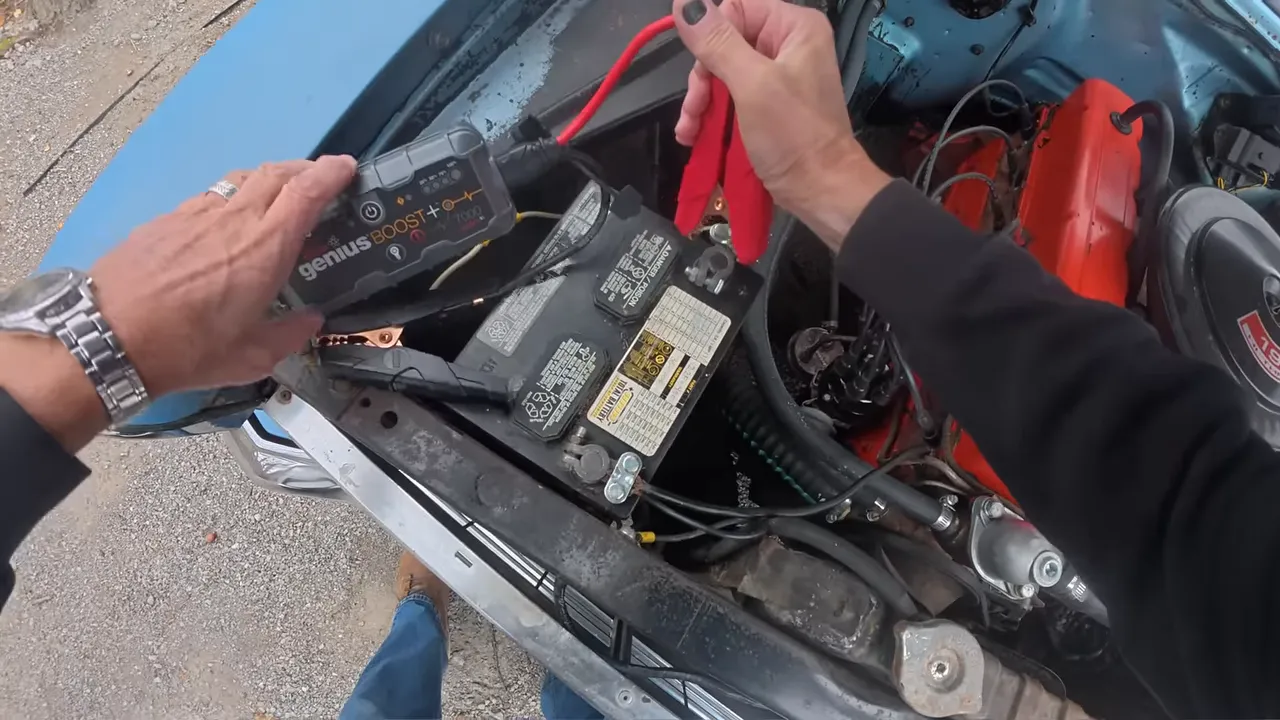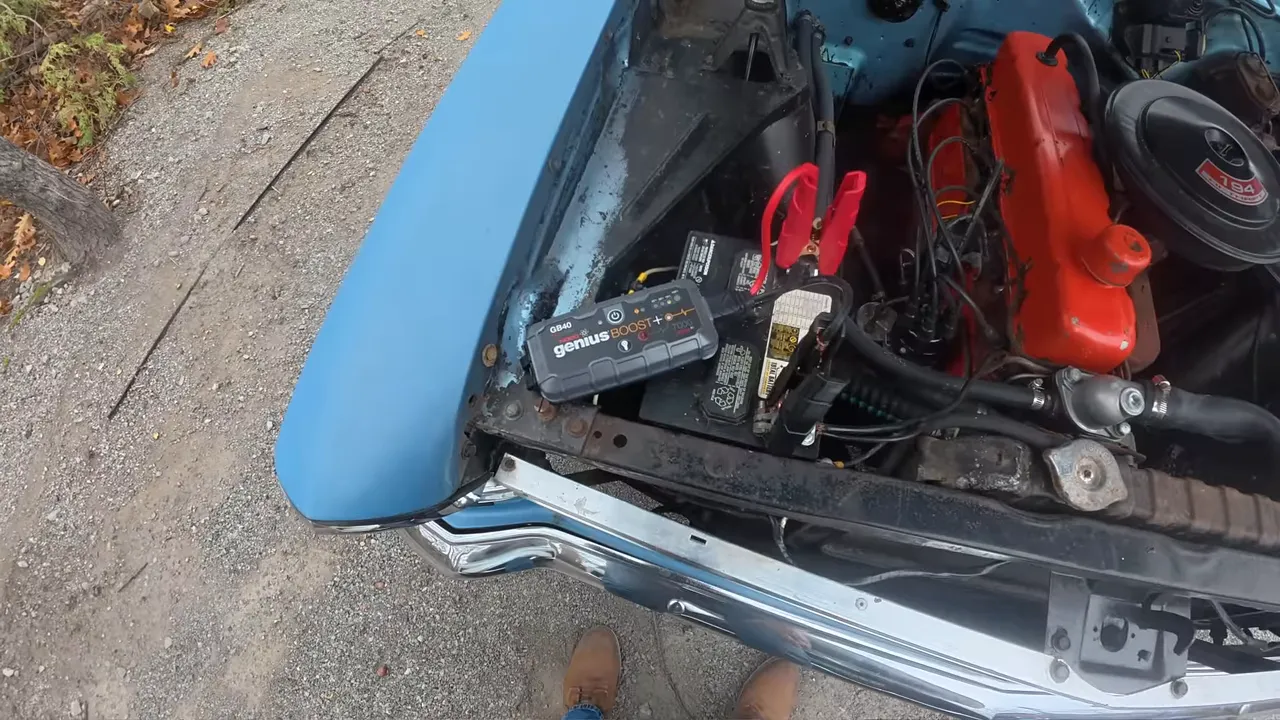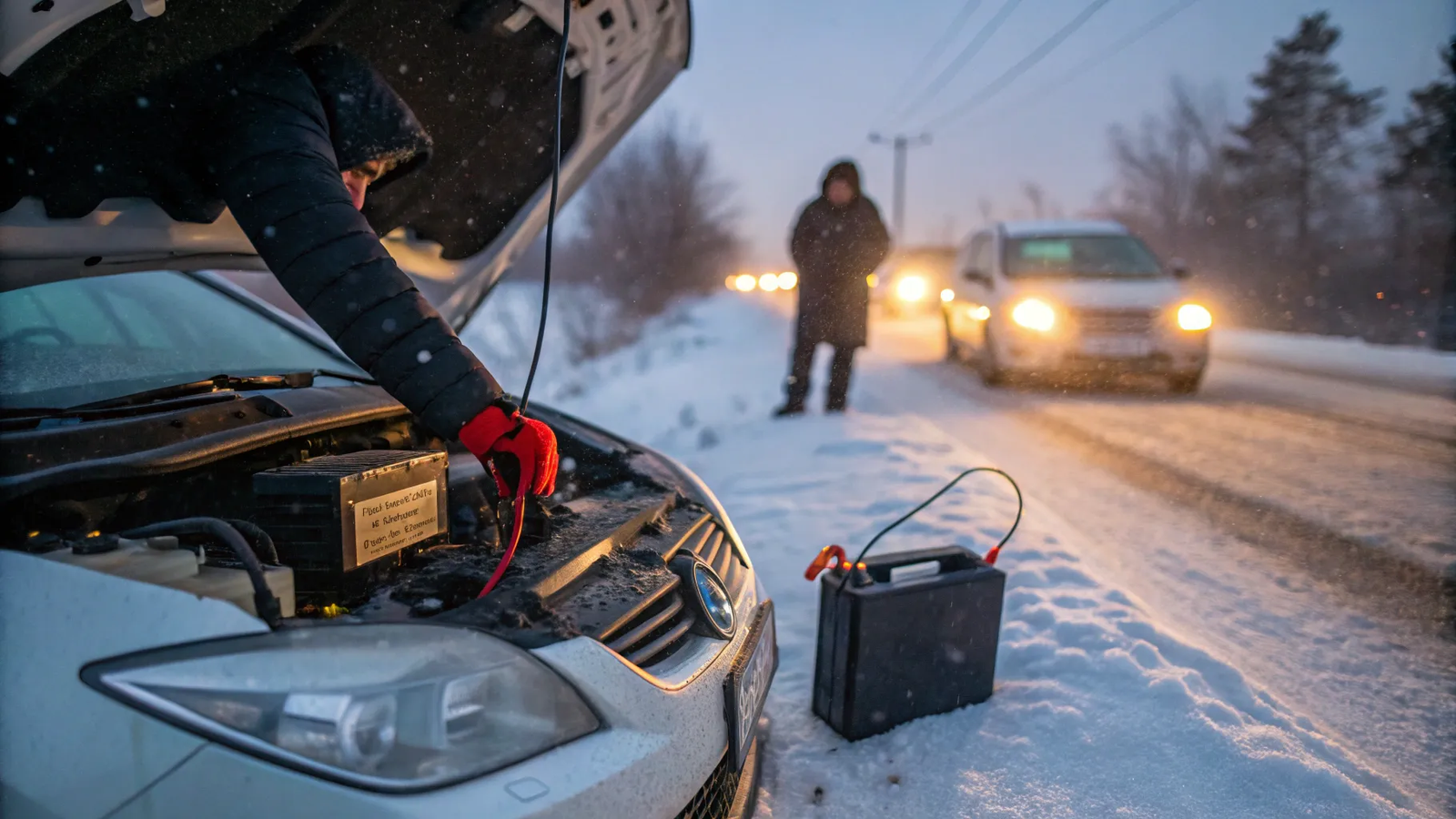Stuck with a dead battery? This expert guide shows two safe, proven ways to jump-start your car—classic booster cables and a portable jump starter—optimized for freezing winters and everyday emergencies. You’ll get step-by-step instructions, common mistakes to avoid, and cold-weather tips so you can get moving fast without damaging your vehicle.
After 50+ years of jump-starting cars in both mild summers and brutal Canadian winters, I want to share two reliable ways to get you moving when you turn the key and nothing happens. Below I walk through safe, step-by-step instructions for using traditional booster (jumper) cables and a portable jump starter, plus the pros, cons, and a few winter survival tips.
Table of Contents
- 🔋 Why batteries fail in cold weather
- 🧰 Method 1 — Using booster (jumper) cables
- ⚡ Method 2 — Using a portable jump starter (NOCO Boost GB40 example)
- 🔍 Pros and cons: booster cables vs. jump starter
- 🛡️ Winter tips & battery care
- ❓ FAQ
- ✅ Final thoughts
🔋 Why batteries fail in cold weather
Cold temperatures significantly reduce a battery’s effective capacity. In fact:
At 32°F a battery’s strength drops about 35%. At 0°F it can decrease by roughly 60%.
Translation: if your battery is going to leave you stranded, it’s most likely to happen in winter. Keep that in mind and consider preventative measures like battery testing and keeping a jump starter in the trunk.
🧰 Method 1 — Using booster (jumper) cables
Booster cables are cheap and effective if you have access to another vehicle with a healthy battery. Follow these steps exactly to jump-start safely:
- Park the working car nose-to-nose with your dead car, keeping them a couple of feet apart. Both cars off, in Park (or neutral for manuals), and emergency brakes engaged.
- Attach the red (positive) clamp to the positive terminal of the dead car’s battery.
- At the other end, attach the red clamp to the positive terminal of the working car’s battery.
- Attach the black (negative) clamp to the negative terminal of the working car’s battery.
- For the dead car, attach the final black clamp to a solid metal ground point on the engine block or chassis — anywhere with good negative ground, but try to keep it at least a foot or two away from the battery.
- Start the working vehicle and let it run for a couple of minutes, lightly revving once or twice.
- Start the dead vehicle. Once it’s running, disconnect the cables in reverse order and make sure clamps never touch each other while connected.
- Drive the revived car for about 30 minutes to give the alternator a chance to recharge the battery sufficiently to start next time.

Safety reminders:
- Never let clamps touch each other while attached to a battery.
- Keep sparks away from the battery — batteries can emit flammable hydrogen gas.
- If the dead battery is cracked, leaking, or very hot, do not attempt to jump-start it — replace it.
⚡ Method 2 — Using a portable jump starter (NOCO Boost GB40 example)
Portable jump starters are the easiest option when you don’t have another car available. My go-to is the NOCO Boost GB40. It’s compact, safe, and simple to use.

How to use it:
- Make sure the unit is at least 50% charged and turned off.
- Plug the clamp cable into the jump starter.
- Attach the red clamp to the battery’s positive terminal and the black clamp to the negative terminal (or a good ground point if recommended by the unit).
- Power on the unit — the status LEDs confirm readiness for a start.
- Start the car. Once it’s running, power the unit off and disconnect the clamps.
- Drive the car for about 30 minutes to recharge the battery enough for the next start.

Why I prefer a portable jump starter:
- You don’t need a second car.
- No maneuvering cars nose-to-nose in tight spaces.
- Reduces risk of electrical issues from another vehicle’s questionable electrical system.
- Less chance of accidentally shorting battery terminals together.
- Bonus features: built-in 100-lumen LED flashlight with multiple modes (including SOS and strobe), plus USB power output to charge phones.
If you want the model I use: NOCO Boost GB40 — you can find it here:
NOCO Boost GB40: 1000A UltraSafe Jump Starter |
|
Check out this really cool thing |
| Check price on Amazon |
🔍 Pros and cons: booster cables vs. jump starter
Quick comparison to help you choose:
- Booster cables — Pros: inexpensive, no need to recharge a separate device. Cons: require a second vehicle, more setup, risk of electrical incompatibility, potential for user error.
- Portable jump starter — Pros: fast, safe, independent, multi-function (power bank/flashlight). Cons: upfront cost and you must keep it charged.
🛡️ Winter tips & battery care
Because batteries lose a lot of capacity in the cold, take these precautions:
- Test your battery before winter — if it’s weak, replace it.
- Keep a charged jump starter in your trunk all winter.
- Park in a garage when possible, or use engine block heaters in extreme cold.
- After a jump, drive 20–30 minutes or use a trickle charger to restore charge.
❓ FAQ
Q: How long should I let the working car run before trying to start the dead car?
A: Let it run for a couple of minutes and give a slight rev to help the alternator deliver more current. Then attempt to start the dead car.
Q: Can the NOCO Boost GB40 damage my car’s electronics?
A: When used correctly, high-quality units like the NOCO GB40 are designed to be ultra-safe and include protections against reverse polarity, sparks, and surges. Always follow the manufacturer’s instructions.
Q: After jump-starting, why should I drive for 30 minutes?
A: The alternator charges the battery while driving. Thirty minutes gives it a good opportunity to regain enough capacity to start reliably next time. If the battery is old or weak, consider replacing it.
Q: Is it safe to jump-start my car in freezing temperatures?
A: Yes, but take extra care: avoid sparks, wear gloves, and ensure clamps are connected properly. If the battery looks damaged or is leaking, do not jump-start.
✅ Final thoughts
Both methods work — booster cables are budget-friendly if you have a helpful friend with a running car, while a portable jump starter like the NOCO Boost GB40 offers independence and safety. Given how badly cold drains battery power, having a jump starter in the trunk is one of the best winter preparedness moves you can make.

